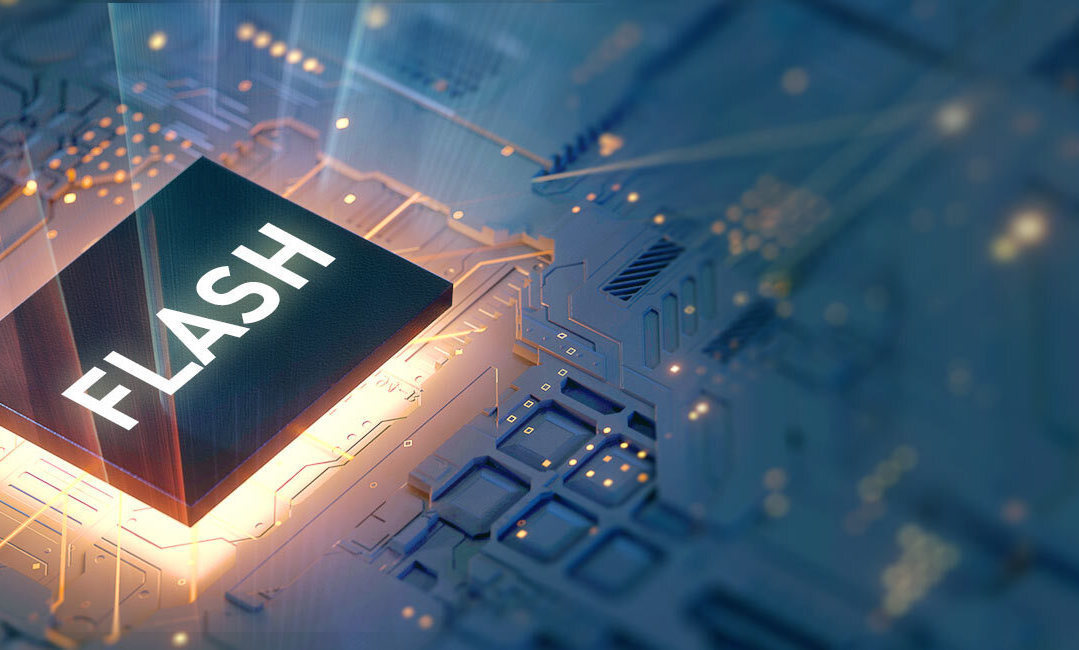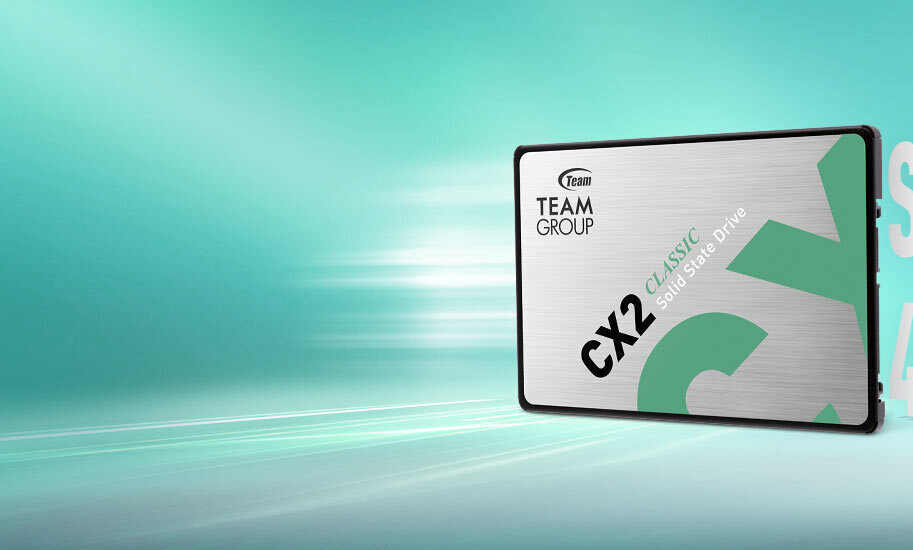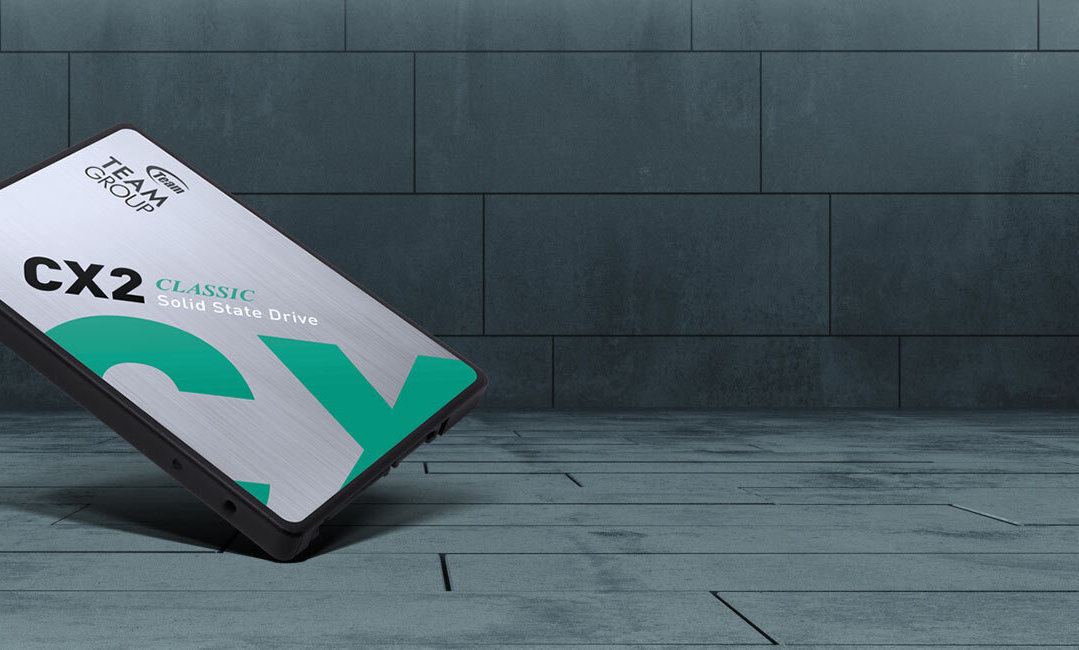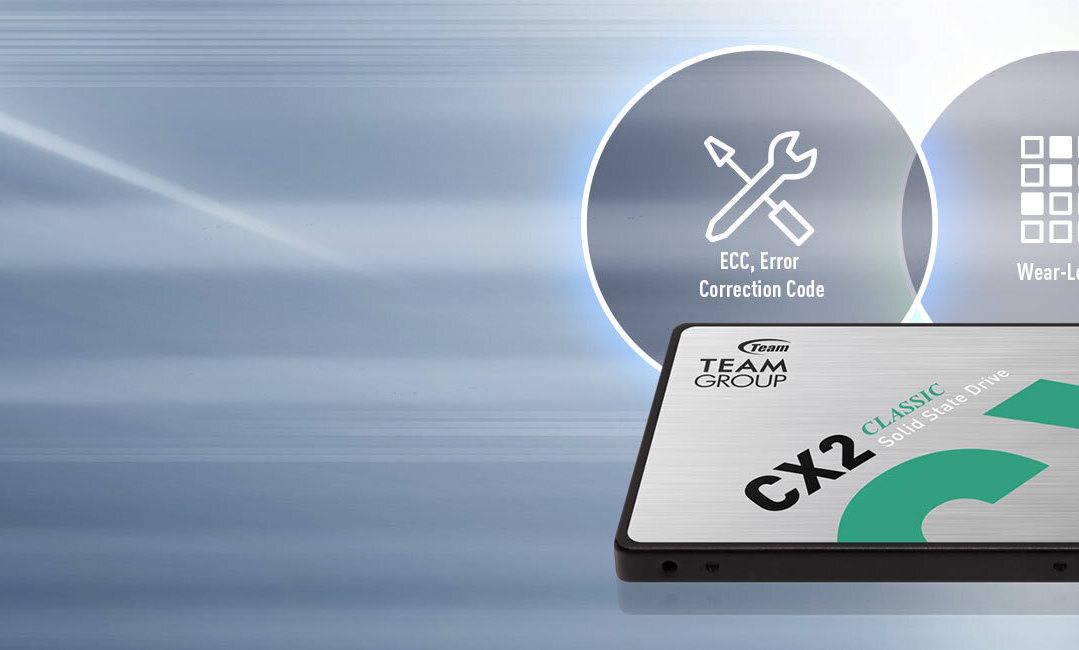The review concerns the 2TB version.
The SSD is definitely okay in terms of performance for SATA 3 interface, with the highly encouraging fact that it came with TLC NAND flash storage at the time of purchase, about 6-6.5 months ago, according to the manufacturer's website. Therefore, it is not expected to have any reliability/quality issues compared to other options at a similar price, but with QLC NAND.
It does use a lower-level dramless controller with a relatively small SLC cache compared to top models from other manufacturers, which explains the good prices of this series. However, there was no noticeable decrease in performance in everyday use, mainly for gaming (without a heavily loaded operating system), compared to an NVMe drive in the same desktop.
An additional encouraging element is its aluminum casing, which keeps the temperature low, which certainly helps maintain high performance even during prolonged use.
The manufacturer also provides basic software for disk health monitoring and benchmarks.
In conclusion, it is a very advantageous purchase, especially in large capacities (1TB/2TB).
Update / helpful comment 6/9/2023:
Firstly, the temperature controller seems to be working in a SATA connection, as it displays it correctly (+ fluctuations) in specialized software (e.g. Crystal Disk Info, Hard Disk Sentinel), at least in my case.
Secondly, it would be advisable not to attempt a slow format (e.g. for permanent deletion of files or disk partitions, etc.) through Windows or other software, both on this drive and on any SSD/M.2 SATA or NVMe (recommended for traditional spinning HDDs). The correct procedure is secure erase, either through UEFI/BIOS if your motherboard supports it, or through software/utility provided by the manufacturer of the respective drive (not all manufacturers provide this function, however!). With secure erase, the drive recognizes previously written NAND with files and "erases" previous partitions. Then, select a simple (quick) format for the file system you are interested in and use software that can check "partition/disk alignment" if it is okay or not, and correct it if necessary, as the SSD may appear inexplicably slow (e.g. Mini Tool Partition Wizard, AOMEI Partition, or similar). If a slow format is performed, it is very likely to negatively affect the speed of the drive, at least temporarily, and may also affect the health of the drive when it comes to SSD/NVMe (I am not a technician, but you can search for relevant information on Google).
This particular drive continues to provide a SMART report with 100% health after 1 year of use and several terabytes of writes without any change in read-write speeds, in my case




























































